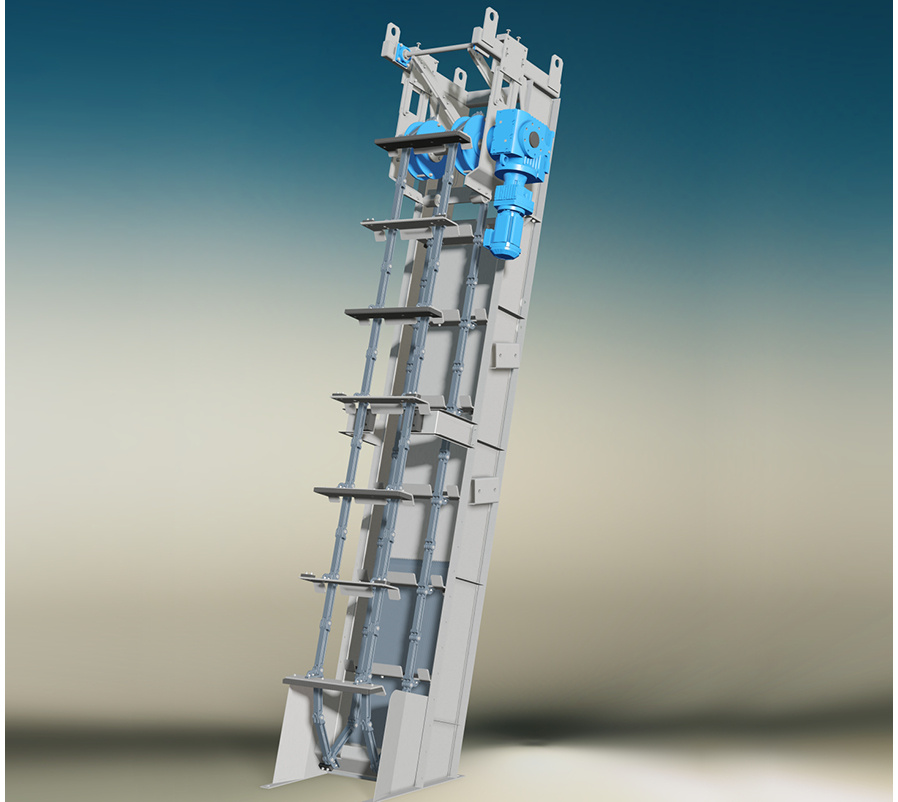One of the important goals of water treatment is to remove viruses. In history, there have been horrible viral outbreaks that were transmitted through water. One happened in 2016 in India. While the exact source was never determined, it was believed water from a hotel’s well was the source. More than 220 cases of hepatitis A were linked to the hotel and that the patients had all had ice or water or foods that were kept on ice from that specific hotel.
This leads to questions. Does wastewater treatment effectively remove viruses from public drinking water? One specific worry involves COVID-19. Does water treatment kill coronaviruses and other dangerous viruses like hepatitis and norovirus? Rest assured, water treatment regulations take viruses into consideration. Here’s what you need to know.
Protections Set by The Safe Drinking Water Act
The Safe Drinking Water Act of 1974 established stringent guidelines to help protect drinking water throughout the U.S. By definition, any water system that provides drinking water for 25 or more or that has 15 connections and provides that water for at least two months per year are considered public water systems. There are more than 150,000 public water systems in the U.S. All of them must meet the EPA’s national standards.
Microbial sources are part of the contaminants that water treatment plants must treat and test for. If the contaminant levels are high, boil water orders or other warnings must go out to people on that water system. The list of microbial contaminants is long, but it includes these common viruses:
- Adenoviruses, such as pink eye or an upper respiratory infection like bronchitis
- Calciviruses, such as norovirus
- Enterovirus, such as coxsackievirus and poliovirus
- Hepatitis A
Information regarding COVID-19 is still coming in, but at this point, the CDC believes that coronaviruses are not transmitted through the water. WHO has yet to find any trace of COVID-19 in drinking water supplies before or after treatments. While COVID-19 has been found in fecal matter, the water treatment measures like filtration and disinfection kill that virus just as it successfully kills other viruses. WHO states that any water treatment plan with “conventional, centralized water treatment methods which use filtration and disinfection” are enough to kill coronaviruses. It’s not something people need to worry about as U.S. wastewater treatment plants use filtration and disinfection.
What Does This Mean For a Water Treatment Plant?
Every step a water treatment plant takes to rid wastewater of other viruses is taking care of the less common coronaviruses like COVID-19, MERS, and SARS. If you look at the steps that most water treatments plant use, there are different stages starting with the moment the wastewater arrives until it returns to a body of water or public water supply. Think of a typical water pitcher system like Brita. Water flows into a reservoir where it slowly trickles through activated charcoal filters to remove odors, bacteria, and some other contaminants. That’s similar to the filtration process in a water treatment plant.
The same happens in a water treatment system. Wastewater comes into the plant where screens, clarification, and filtration equipment work together to clean the water. Filters or filtration materials remove other contaminants in one of two ways. One way is to place the activated carbon filters for post-filtration cleaning after the rapid mix, flocculation/sedimentation, and filtration steps before water moves on. The other way takes place in a filtration tank where the charcoal sits in the bottom of a tank and filters out contaminants and odors after rapid mix and flocculation/sedimentation.
While many water treatment systems use charcoal or activated charcoal, some may use sand, coconut fibers, or other materials to capture bacteria, viruses, chemicals, and parasites. This is the first of two important steps. The second step involves the addition of a chemical disinfectant like chlorine that kills any remaining bacteria, parasites, and viruses.
The two most common disinfectants used by a water treatment plant are chloramine or chlorine. Chloramines are a mix of ammonia and chlorine and have been used since the 1920s. Water treatment plants specifically use monochloramine, which kills germs without causing eye, respiratory, or skin irritation. Monochloramine is safe to consume.
Chlorine is also a top choice of water treatment plants. It was first used in a New Jersey water treatment plant in 1908. It’s a bleach that can be harmful in high doses, but the amount that remains after processing wastewater is minimal and considered safe to consume. UV and sunlight help remove the excess chemicals used in the water disinfection step.
Avoid Frequent Repairs or Equipment Failures Through Plant Upgrades
One issue water treatment plants have seen with COVID-19 is the increased use of paper supplies other than toilet paper. With toilet paper shortages, people started using tissues, paper towels, baby wipes, and napkins in place. Public awareness campaigns are essential to keeping people from flushing these items into their septic systems or sewer lines. These items can cause blocked lines and put more strain on equipment. If you’re experiencing problems and need repairs, Lakeside Equipment does supply parts for necessary repairs.
Water treatment regulations change regularly as the EPA reviews the current list of contaminants every five years. To ensure your system is removing viruses and other contaminants, you must make sure your system meets the current regulations. When changes are made, we can help you go over your current system and see if any improvements are needed. If your old system needs a complete update, we have engineers available to design new plans that fit your space and budget.
Upgraded equipment helps a water treatment plant process wastewater effectively and efficiently. Replacing outdated equipment may cost some money upfront, but it also saves money in terms of electricity costs and repairs in the long run. It ensures you meet the current EPA regulations. Let Lakeside Equipment help you plan upgrades that make sense for your water treatment plant and meet your budget.








